 World Press Photo Supervisory Board Chairman Pieter Broertjes and Michiel Munneke announced that Munneke will leave his position as Managing Director per 1 November 2014.
World Press Photo Supervisory Board Chairman Pieter Broertjes and Michiel Munneke announced that Munneke will leave his position as Managing Director per 1 November 2014.
Munneke holds a master’s degree in Communications from the University of Amsterdam, he started his career at World Press Photo in 1994 as an intern and was hired one year later as a project manager in the exhibitions department. In 1997, he became head of the contest and education departments, where he managed the Joop Swart Masterclass and laid the groundwork for the organization’s current educational programs by initiating several workshops for local journalists in Africa, Asia and Latin America. He was then appointed deputy managing director in 1999 and managing director in 2001. The supervisory board has great respect for the way Munneke developed the organization into a strong international brand that enjoys high esteems with both the photographic community as well as the public.
Broertjes: “Under Munneke’s leadership, the organization has grown: revenue and staff has doubled, the yearly photo contest has been reformed, a multimedia contest has been added, and the educational programs are now an essential part of the yearly schedule. Munneke is leaving behind a healthy organization that is ready for the future.”
Munneke: “I have spent my whole working life dedicated to this wonderful foundation and the last 12 years as its director. I feel honored to have led this great Dutch initiative for more than a decade. Over the past year, we have developed a new strategy and now it’s time for me to pass the torch and make my next step.”
About World Press Photo
World Press Photo organizes the leading international contest in visual journalism. The foundation is committed to supporting and advancing high standards in photojournalism and documentary storytelling worldwide. Its aim is to generate wide public interest in and appreciation for the work of photographers and other visual journalists, and for the free exchange of information. The activities include organizing annual photojournalism and multimedia contests and global exhibition tours. The Academy programs strive to stimulate high-quality visual journalism through educational programs, grants and by creating greater visibility through a variety of publications. World Press Photo is an independent, non-profit organization with its office in Amsterdam, the Netherlands, where it was founded in 1955.
World Press Photo receives support from the Dutch Postcode Lottery and is sponsored worldwide by Canon.

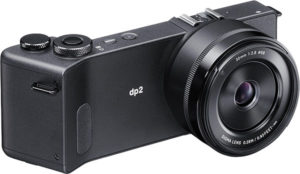 Sigma DP Quattro has been officially announced recently, it’s the next generation of its DP series of APS-C sensor, fixed focal length cameras after the revolutionized Sigma DP2 Merrill. The Sigma dp Quattro has turned many heads with its radical design that incorporates the new Foveon X3 direct image sensor paired with the newly developed TRUE III (Three-layer Responsive Ultimate Engine) image processing engine to deliver high-definition, 3D-like photographs with outstanding rich color details.
Sigma DP Quattro has been officially announced recently, it’s the next generation of its DP series of APS-C sensor, fixed focal length cameras after the revolutionized Sigma DP2 Merrill. The Sigma dp Quattro has turned many heads with its radical design that incorporates the new Foveon X3 direct image sensor paired with the newly developed TRUE III (Three-layer Responsive Ultimate Engine) image processing engine to deliver high-definition, 3D-like photographs with outstanding rich color details.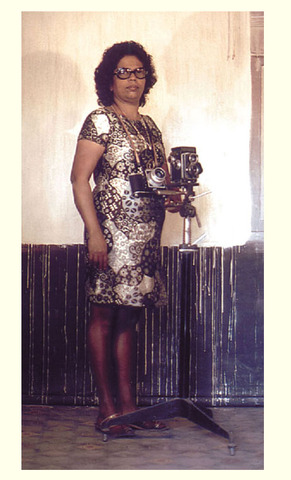 Ms Palmira Coutinho, Goa’s first professional lady photographer passed away at the age of 89 due to ill health. She was recipient of the Goa State Cultural Award in Photography. She had the proudest moment when she appeared on the cover of the internationally acclaimed British Photographer, David Bailey’s book “
Ms Palmira Coutinho, Goa’s first professional lady photographer passed away at the age of 89 due to ill health. She was recipient of the Goa State Cultural Award in Photography. She had the proudest moment when she appeared on the cover of the internationally acclaimed British Photographer, David Bailey’s book “
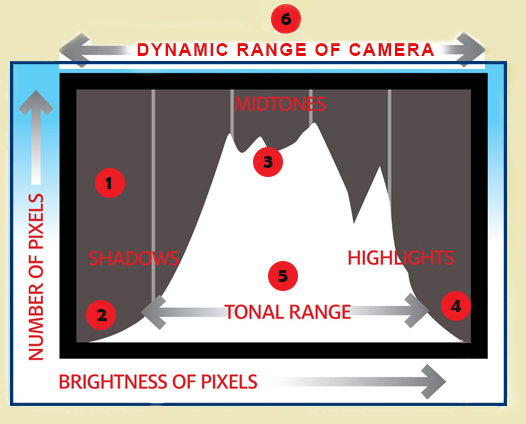
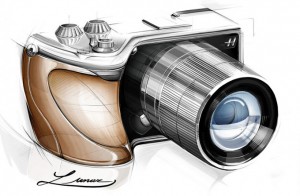 Two photo enthusiasts at the world-famous three day-long annual Amelia Island Concours d’Elegance exotic car festival began bidding against each other for the chance to own an ‘Ultimate luxury’ olive wood-handled
Two photo enthusiasts at the world-famous three day-long annual Amelia Island Concours d’Elegance exotic car festival began bidding against each other for the chance to own an ‘Ultimate luxury’ olive wood-handled 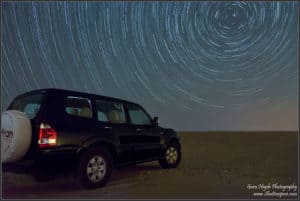 ShutterXpose organised Star Trail Photography and Steel Wool painting (one of the spectacular form of light painting) workshop for it’s members. The weather was perfect and we planned for a long stay at the desert followed by finger licking BBQ dinner arranged by our members. The whole experience was quite successful and lived upto its expectation.
ShutterXpose organised Star Trail Photography and Steel Wool painting (one of the spectacular form of light painting) workshop for it’s members. The weather was perfect and we planned for a long stay at the desert followed by finger licking BBQ dinner arranged by our members. The whole experience was quite successful and lived upto its expectation. This workshop is for beginers and intermediate user who usually shy away from shooting RAW and using Post Processing tools, the workshops aims at enhancing your knowledge of RAW processing using the Develop Module in Lightroom 4. LR4 powerful process engine improves your images straight from the camera to a more professional feel and sharp image.
This workshop is for beginers and intermediate user who usually shy away from shooting RAW and using Post Processing tools, the workshops aims at enhancing your knowledge of RAW processing using the Develop Module in Lightroom 4. LR4 powerful process engine improves your images straight from the camera to a more professional feel and sharp image.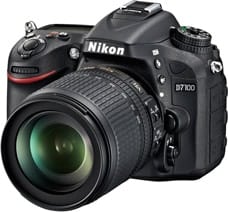 Nikon has just announced the Nikon D7100, an update to the existing Nikon D7000 DSLR camera. Many DX users were anticipating for the high-end line up in the form of a D400 which was quite actively
Nikon has just announced the Nikon D7100, an update to the existing Nikon D7000 DSLR camera. Many DX users were anticipating for the high-end line up in the form of a D400 which was quite actively 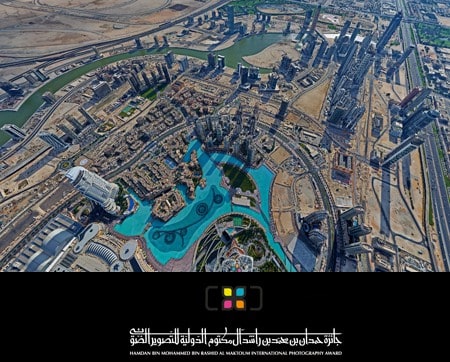
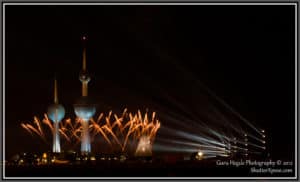 Kuwait on Saturday entered the Guinness World record books with a
Kuwait on Saturday entered the Guinness World record books with a 
